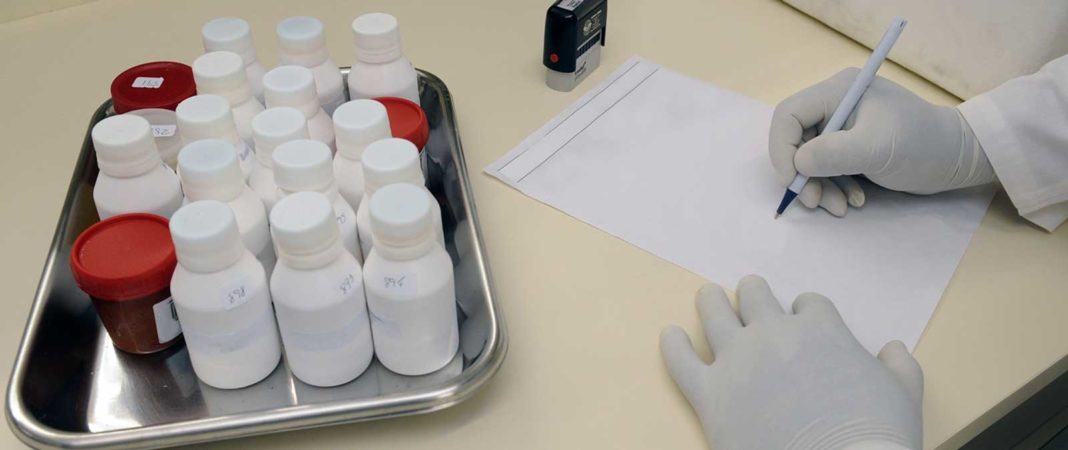As medical transcriptionists, we must always be aware of the quality of our work. That is, or at least should be, the number one priority at all times. However, we also all want to make as much money as we can in order to meet our obligations. How do we do this efficiently?
We all know about text expanders and they are a useful tool. They increase production exponentially as we add to them. There is another tool, however, that you may not have thought of, the simple Excel spreadsheet. For the last several months, I have been utilizing a spreadsheet to keep up with my production. By doing this, I have been pleasantly surprised by how much my production has increased.
I believe this increase is mostly due to the natural progression of things in the medical transcription profession. There are plateaus that make our production rates stagnant. As we add to our store of terminology, become familiar with our speakers and utilize text expanders more efficiently, we increase in the speed at which we can produce quality reports.
However, an Excel spreadsheet can give us a psychological boost that shows up in the numbers by, well, showing us the numbers.
I have included the following information on the spreadsheet:
- Edited lines
- Edited lines x cents per line (cpl)
- Standard lines
- Standard lines x cpl
- Total lines
- Total Earned
- Hours worked
- Lines per hour
- Number of reports typed
- Ratio of VR to ST produced
- Dollar per hour earned
Hours worked is the actual time spent working per the platform, not the total time including research. This gives a somewhat inaccurate figure. However, it is easier on the psyche to keep up with this figure at first since we are not usually paid for time spent researching, etc.
Lines per hour is again a somewhat inaccurate figure since it combines both VR (Voice Recognition) and ST (Straight) transcription. The platform keeps up with them individually so I would rather have a combined representation here.
A number of reports really has no bearing on the final figures since the reports are not the same length. However, it is fun to look at and offers a reality check. There are days that I can put out a large number of reports and barely make my personal goal for the day and days that I can type relatively few reports and make those goals in fairly short order. The question “How many reports do you do in the day” is a common one asked by new medical transcriptionists. This answers that question with “it depends.”
The ratio of VR to ST produced showed me very quickly that I can actually make more money with VR even though the pay rate is half of ST. Voice recognition is also something that proves the medical transcription field will not go away with this technology. It will only change how we work.
The dollar per hour figure can be disheartening. Especially when you end up with a horrible speaker or an unfamiliar specialty that eats up lots of listening or researching time.
This information is tied to the chart function in Excel and I can see a graphical representation of my progress. I believe that this feature is what has helped more than anything else. I get all excited when the graph is trending up! That motivates me to keep it moving in that direction. This is the psychological part that I mentioned. Even over a very short period of time, there is a motivational factor present. If the money dipped down the day before because of one of the aforementioned reasons, it motivates me to get that one more report done before it is time to start dinner so I can improve just a little jot over yesterday.
It has also helped me in making a schedule that is both suitable for me and my family and is also the most helpful for my employer. Since using the spreadsheet as a scheduling tool, I find that I am usually working when I am most needed and always have a steady flow of work available. Of course, I am very lucky in that my account has lots of steady work. However, there are still slow times and it behooves me to avoid those so that I can be available when the reports are flowing in at an alarming rate. This means I work most weekends and holidays, but I expected that going in. Hospitals do not close, now do they? The new medical transcriptionist must realize that and, if they are independent contractors, tailor their schedules accordingly.
At any rate, a spreadsheet is a great tool that will help you keep motivated and boost your production rate. Excel is pretty easy to learn. If I can do it most anyone can believe me. You can click here for Microsoft’s online tutorials. You can also use Google to search for specific instructions on productivity sheets and also really easy beginner tutorials if you have never attempted this before. The ability to make a spreadsheet is a great skill to have. They have many uses: Scheduling, bill paying, budgeting, etc.
Give it a try for a couple of months and you may be pleasantly surprised. It helps prevent panicking about never being able to make any money in the field of medical transcription. After all, we could all use a little less stress, can’t we?






















